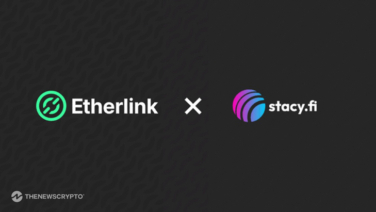- This marks the end of the proof-of-work and the complete move to proof-of-stake.
- Kintsugi application testing deployments will begin shortly.
In December, the Ethereum Foundation launched the Kintsugi Merge testnet, which garnered attention last month. Using the testnet is the primary goal of the post-merge Ethereum experimentation and identifying critical issues. It is inevitable that the present Ethereum Mainnet will “merge” with the Beacon Chain Proof of Stake architecture. For Ethereum, this marks the end of the proof-of-work and the complete move to proof-of-stake.
Chair Tim Beiko has informed the community that Kintsugi application testing deployments will begin shortly. So, Kiln is Kintsugi’s replacement. A community call has also been scheduled on 11 February, as Kintsugi prepares to be illuminated by the sun of Ethereum in the next few weeks. There are also reportedly some network difficulties being worked on by the team. The Engine API specification has also been updated to address the same issue.
Withdrawal from the beacon chain has yet to submit an official Ethereum Improvement proposal (EIP). As a result, further details are anticipated in the following days.
Reducing Transaction Fees a Crucial Component
Meanwhile, the developers indicated that Shanghai might bring some much anticipated minor updates to the network. EVM Object Format, BLS Precompiles, EIP-3074, EIP-4488, and EIP-1153 are a few of the more popular choices. Additionally, reducing transaction fees will be a crucial component of these efforts.
The hard fork in Shanghai will be a significant step toward the unification of ETH and ETH 2.0. This is especially true because of recent “phase-out” changes in terminology. “Eth1” and “Eth2” will be combined into one chain, according to Ethereum Foundation. By “merging” Ethereum Mainnet and the Beacon Chain, these two differences will be eliminated, leaving simply Ethereum in their place.








